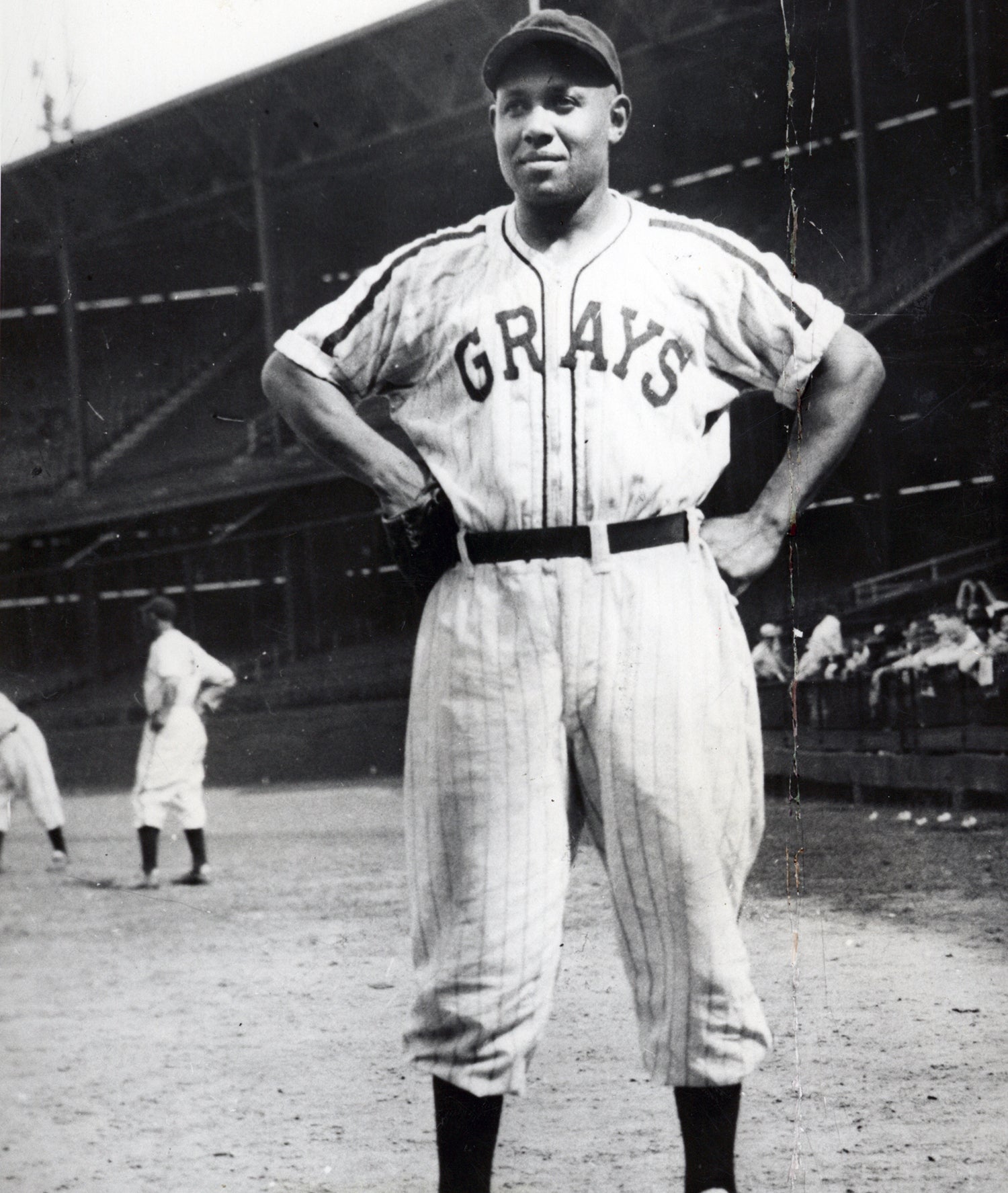- Home
- Our Stories
- #Shortstops: Negro National League 1940 Championship Trophy
#Shortstops: Negro National League 1940 Championship Trophy
The earliest clubs in baseball were born from professionals seeking leisure between work hours. In 1910, a group of African-American steelworkers formed a team that would eventually evolve into one of the most prolific teams in Negro League history: The Homestead Grays.
Looking back on their history, there’s no shortage of success for the Grays. When outfielder Cumberland “Cum” Posey took over as manager in 1920, he brought in changes and new strategies that would prepare the team for success. Between 1930 and the dissolution of the team after the 1950 season, the Homestead Grays won 10 Negro National League pennants and three championships.
Hall of Fame Membership
There is no simpler, and more essential, way to demonstrate your support than to sign on as a Museum Member.
During this golden age, Posey signed Josh Gibson and Walter F. “Buck” Leonard, who were often compared to the New York Yankees iconic duo, Babe Ruth and Lou Gehrig. However, despite their prowess on the diamond, the team faced financial difficulty due to a number of factors. The Grays – named for an Allegheny County borough located about seven miles from downtown Pittsburgh – alternated playing their home games between Forbes Field, the homes of the Pittsburgh Pirates, and Griffith Stadium, home of the Washington Senators. Despite limited press coverage, the Homestead Grays often attracted larger crowds than their big league counterparts.
Among their many achievements, the Grays took home the pennant in 1940. While the Negro National League and Negro American League didn’t face off in a World Series that year, it didn’t stop the team from celebrating the victory. For winning the Negro National League pennant, they were awarded a trophy.
On loan to the National Baseball Hall of Fame and Museum by the Pittsburgh Pirates, this trophy currently sits on display in Pride & Passion: The African-American Baseball Experience exhibit, located on the second floor of the Museum.. This exhibit explores and highlights African Americans throughout baseball history.
The trophy, silver and mounted on a hollow black plastic circular base, is about 10 inches tall and has two handles at the top with a scrolled design. On the center of the trophy, it reads, “Negro National League, Champions, 1940, Homestead Grays.”
Emily Wilson is a Reference Librarian at the National Baseball Hall of Fame and Museum
Related Stories
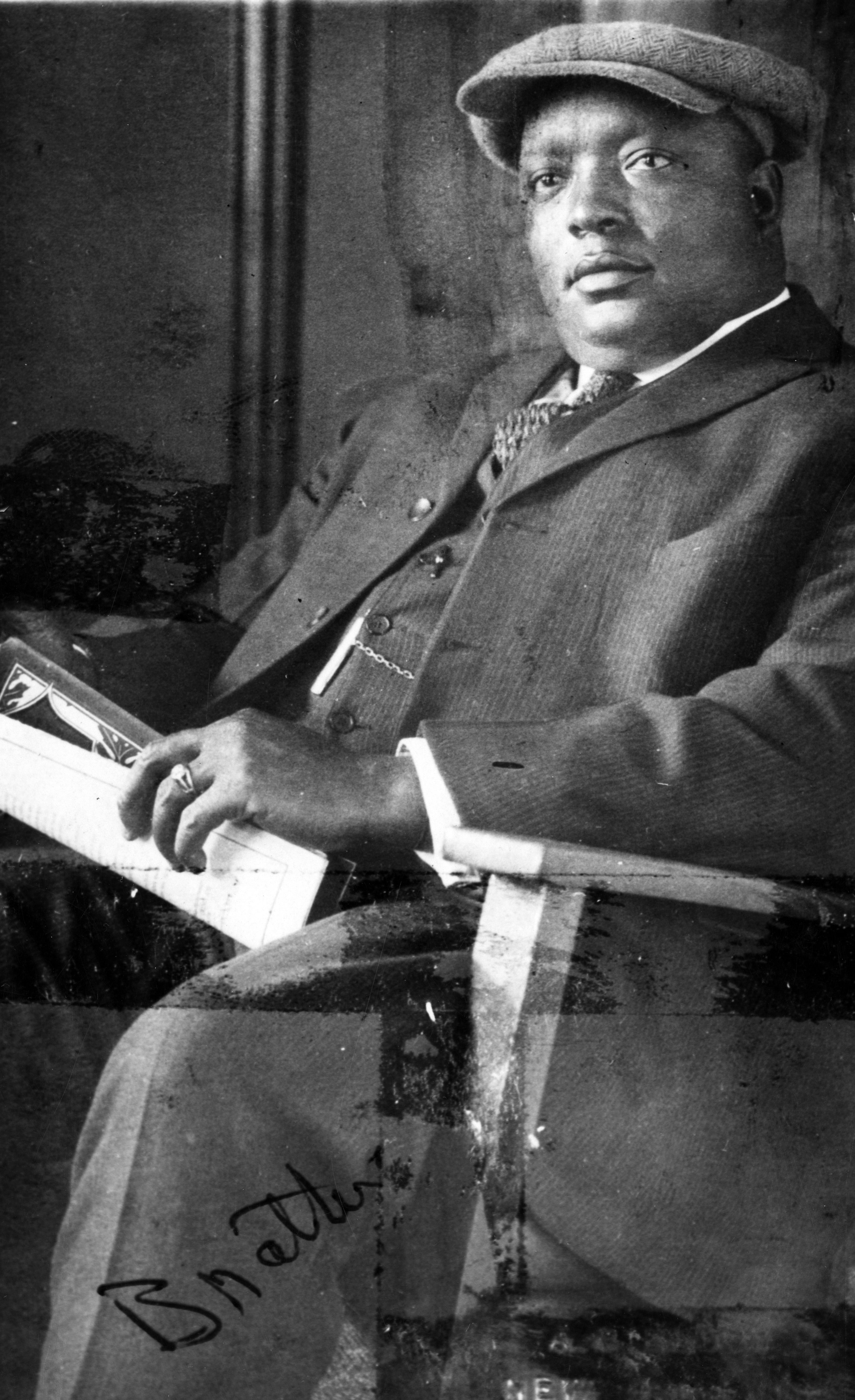
#Shortstops: Rube Foster’s home team
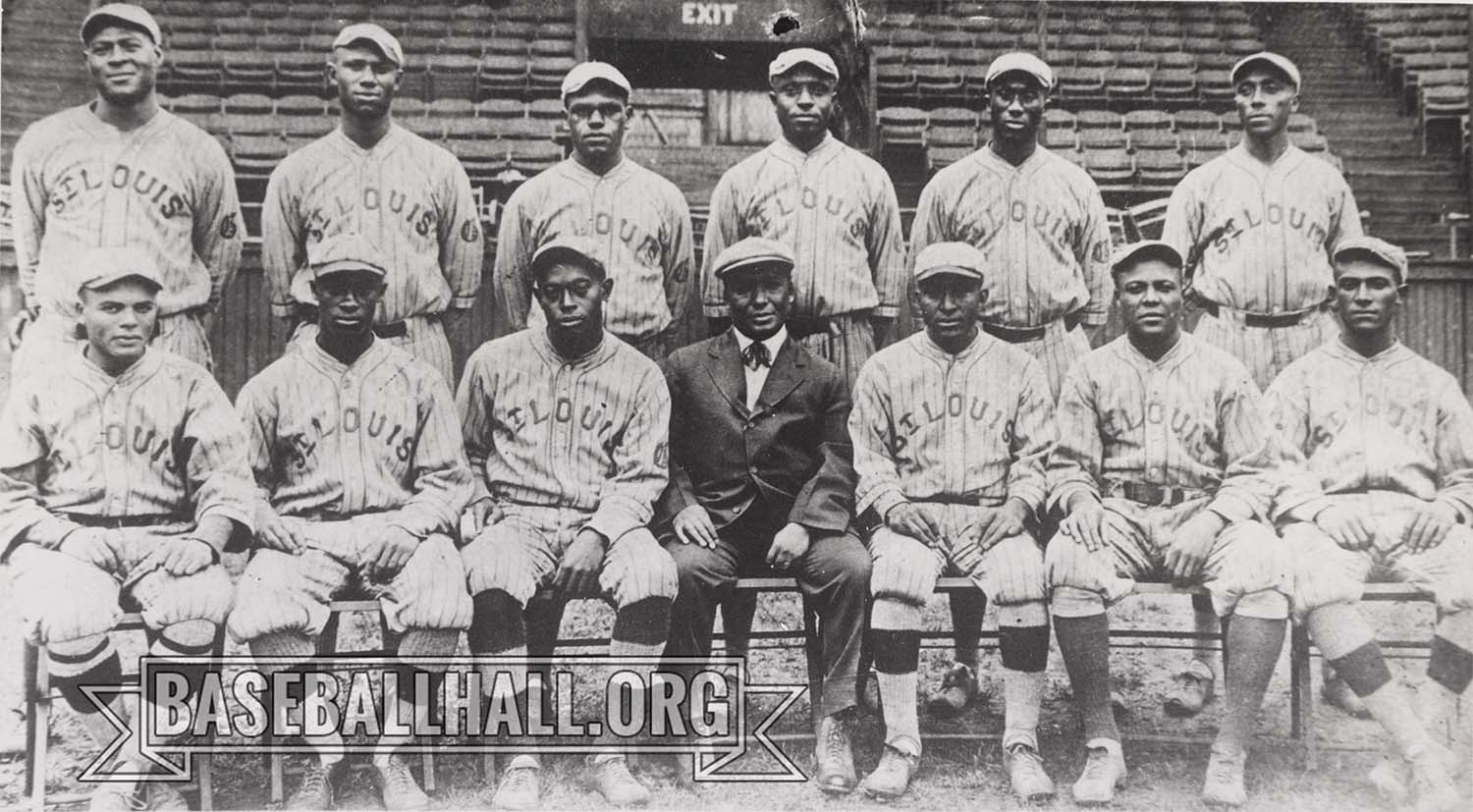
#Shortstops: Words on pictures tell fascinating Negro Leagues story
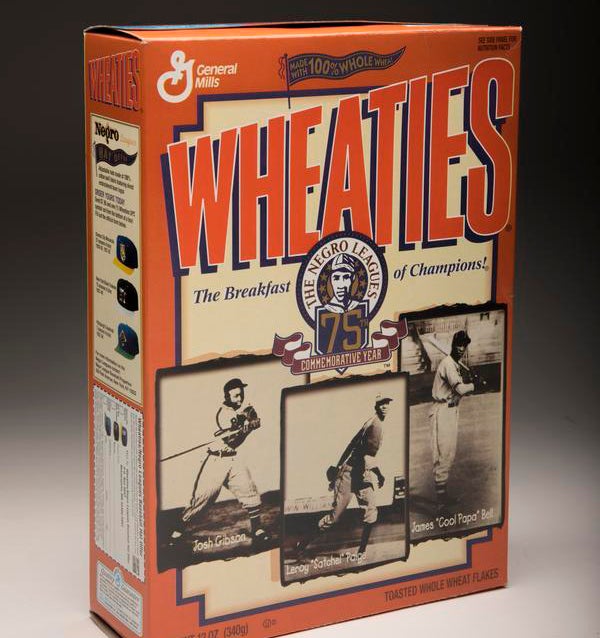
#Shortstops: Breakfast of Negro Leagues Champions
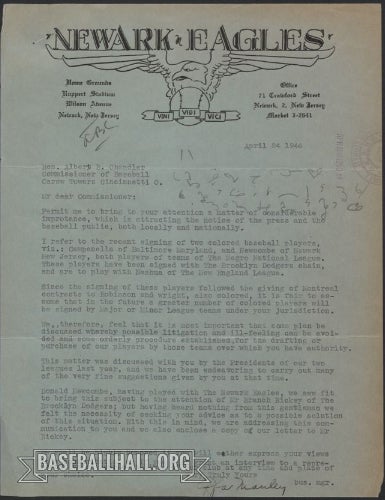
#Shortstops: The business of the Negro Leagues

#Shortstops: Rube Foster’s home team

#Shortstops: Words on pictures tell fascinating Negro Leagues story

#Shortstops: Breakfast of Negro Leagues Champions





